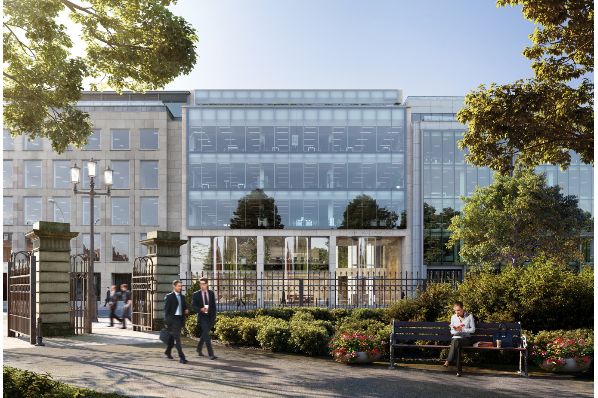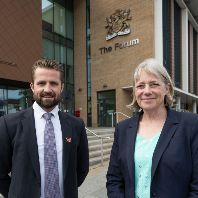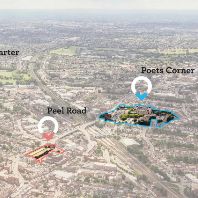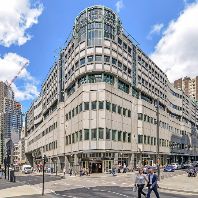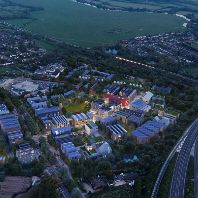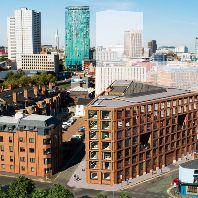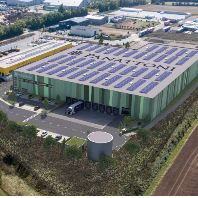202 new office buildings are planned for Dublin over the next 3 years, but only half are likely to be delivered. This is according to a new report from property advisors, Savills Ireland, revealing the pipeline of office development in Dublin. Authored by Andrew Cunningham and Christopher Boyce, the ‘Skyline Survey’ estimates there is developer ambition for 12 million ft² of new office accommodation by the end of 2021, with over 2.5m ft² of existing buildings either being refurbished or completely redeveloped as part of the process. This would be enough office space to accommodate 120,000 workers.
The report reveals a measured ‘slippage rate’ in the delivery of planned buildings. For projects that are planned for delivery in 2 years and beyond, Savills analysis shows that over 50% of development has been deferred over time, and this is despite record recent take-up levels and demand for Dublin offices.
Christopher Boyce, who co-authored the report, commented: “Our analysis over time shows that significant slippage in delivery of the pipeline is very common, with developers tending to overestimate how much space will be delivered in the future. For example, the estimated new stock for delivery in 2019 has already fallen by 17% compared to the May 2017 figures. Furthermore, the volume of new stock in Dublin this year is 2.17 million ft² – a 55% fall on what was estimated back in 2015.”
Today 4.5 million ft² of office development across 46 schemes is under construction and due to the continuing strong demand for Dublin offices, 57% of space delivering this year has already been signed up by tenants in advance of completion. With demand for office space at a record high since the recession – currently at 4.1 million ft² (up from 3.5m ft² pre the Brexit vote) – expectations are that the remainder will be snapped-up in a relatively short period of time.
Savills analysis shows demand is from across sectors and industries, but there is a clear focus on the prime locations. 89% of demand includes the core CBD area of Dublin 2 in the search criteria. Demand is being driven by tech companies, serviced office operators and financial services who are all vying for the best new buildings in the most sought after areas. With unemployment at a 10 year low of 5.9%, companies competing in the so-called ‘war for talent’ are using modern offices packed full of staff amenities as a carrot to attract the best young talent. Rents are a relatively small cost compared to wages, and the quality and location of the office space for workers is part of the offering to staff.
The Savills report, looking further down the pipeline, shows that 85 buildings (6.5 million ft²) have received a grant of planning permission, but are not yet on site and it remains unclear when or indeed if these buildings will be built.
Andrew Cunningham, Head of Offices at Savills Ireland said: “Tighter purse strings and greater regulations in the banks and finance houses mean conventional senior debt from domestic banks for speculative development remains scarce, an undoubted cause of the slippage in delivery of new stock. Development is being undertaken by those who are well funded, and while private equity has the largest share of the overall pipeline (51%), projects that are actually underway are more biased towards publicly quote prop-cos, REITS and funds with large balance sheets.”
Elsewhere in the report, Savills note the impact of ‘co-working’ on the office market. Take-up of space by serviced office providers – such as WeWork and Iconic – was less than 1% in 2015, however, in Q1 2018, this figure rose to 20%. According to Savills, this follows a trend emerging globally, and the growth is expected to continue with strong active demand in the market.
Michael Healy who recently launched Savills serviced office sourcing and price comparison platform, Workthere, commented: “Desks are being absorbed both by start-ups and established multi-nationals requiring permanent, swing and project related space. Key drivers of this increase in demand are the flexible lease terms on offer and a lack of conventional small to medium-sized, fitted office space.”
